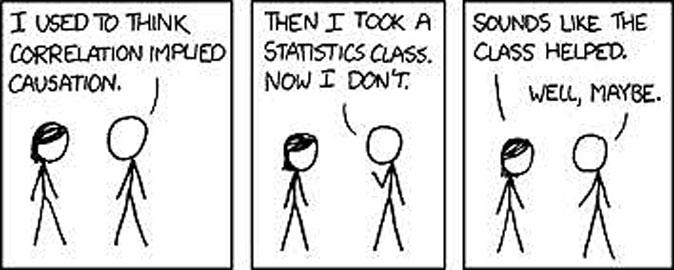Some seem surprised that the Fed knew about the manipulation of LIBOR way back. To which I would respond that of course they did. Everyone knew about it.
Or perhaps I should point out that everyone knew about one set of that manipulation, for there were (allegedly) two.
The first was where trading desks would try to get the rate submitters to edge the rate to benefit their positions. This is illegal, people are being and rightly should be punished for having done this. The second was rather different:
The US Federal Reserve knew about Libor rigging three years before the financial scandal exploded but did not take any firm action, documents have revealed. According to newly published transcripts of the central bank’s meetings in the run-up to and immediate aftermath of the collapse of Lehman Brothers, a senior Fed official first flagged the issue at a policy meeting in April 2008. William Dudley expressed fears that banks were being dishonest in the way they were calculating the London interbank offered rate – a global benchmark interest rate used as the basis for trillions of pounds of loans and financial contracts. “There is considerable evidence that the official Libor fixing understates the rates paid by many banks for funding,” he said.
This is where the banks themselves were not reporting the correct rates. To understand this the details of what is going on here. Each bank reports what rate it can borrow at (please note, what would it cost to borrow, not the rate at which it would lend) in a currency for a term. Top and bottom quotes are taken off and the average is then LIBOR for that currency and term. And what was happening in the depth of those dark days in 2008?
Well, if we look at Northern Rock the rate at which they could borrow was infinite: no one would lend to them. Happily, NR wasn’t a reporting LIBOR bank, but HBOS might have been, Llloyds definitely was when it ran into trouble and so was RBS. And that first sign of the coming trouble is that people refuse to lend, short term and unsecured, to those troubled banks. So we’ve two things going on here. If a bank reports the true, troubled, rate at which it can borrow it is then admitting that it is troubled. In itself this causes further trouble of course.
The second thing is that in those dark days the interbank market essentially froze solid. No one could borrow in size at all: that’s why all such borrowings were routed through the BoE.
All of which means that if the banks had been reporting LIBOR properly then rates would have been somewhere between 20% or so and infinity. Which really isn’t somehting that any central banker would want to have reported. And the fact that they weren’t being so reported was also known to every central banker. Yes, even to the Fed.
Written by Tim Worstall, He blogs at The Adam Smith Institute
This article was original published on http://www.adamsmith.org/ read the original here
Image by Shutterstock*





